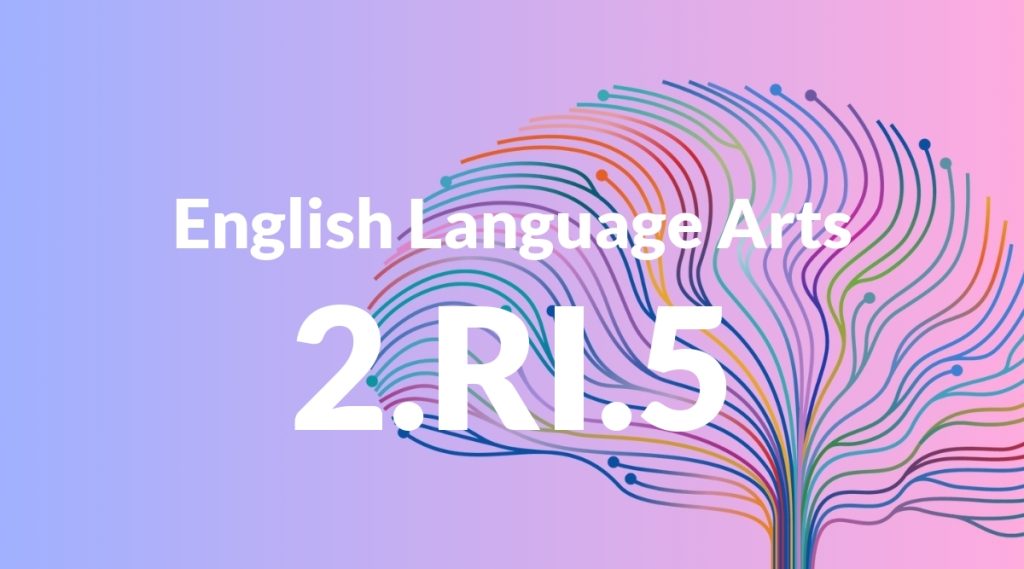Standard: 2.RI.5 – Know and use various text features (e.g., captions, bold print, subheadings, glossaries, indexes, electronic menus, icons) to locate key facts or information in a text efficiently.
Grade level: Grade 2
Subject: English Language Arts
Domain: Reading: Informational Text
Teacher Overview
This standard focuses on helping students recognize and use various text features to locate and understand key information in informational texts. It is essential because it builds foundational skills for efficient reading and information gathering, which are critical for academic success. Students should have a basic understanding of text features like titles, headings, and captions. They should also be able to identify main ideas and key details in a text.
Students will develop the ability to analyze how text features contribute to the overall understanding of a text, enhancing their research and information-gathering skills.
Common Misconception 1
Some students may think that text features are merely decorative elements and do not contribute to the understanding of the text. This is incorrect because text features are designed to help readers locate and understand information more efficiently.
Intervention 1
Use real-world examples and practice activities to show how each text feature can be used to find and understand information. For instance, use a book with a glossary and demonstrate how to find the meaning of a word.
Common Misconception 2
Another common misconception is that all text features are equally important for every text. This is not true because the relevance of a text feature depends on the specific information being sought.
Intervention 2
Teach students to assess the relevance of different text features based on the specific information they need. Use varied texts to practice this skill.
Prerequisite Knowledge
Students should be familiar with basic text features such as titles, headings, and simple captions. They should also have some experience with identifying main ideas and key details in a text.
Subsequent Knowledge
After mastering this standard, students will be able to analyze how specific text features contribute to the understanding of a text. They will also be able to use these skills to conduct research and gather information more effectively.
Instructional Activities
- Create a scavenger hunt where students find information using different text features.
- Have students create their own informational text with various text features.
- Use digital tools to explore electronic menus and icons for information gathering.
- Group activities where students identify and explain the purpose of text features in a given text.




